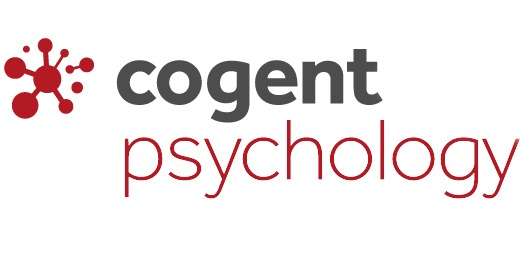Results published in Contemporary School Psychology show that students who take part in Quiet Time score significantly lower on anxiety and higher on resilience than comparison group students.
Happier, less anxious students
The new study examined the impact of participating in Quiet Time program on 141 ninth-grade students by comparing their outcomes to those of a group of 53 ninth-grade students attending a school that did not take part in the program.

Besides reduced anxiety, students who participated in Quiet Time also self-reported increased sleep, happiness, and self-confidence.
To decrease psychological distress in students and improve their mental health outcomes, the Center for Wellness and Achievement in Education (CWAE) has partnered with the large San Francisco Unified School District to implement the Quiet Time program in several of the district’s middle and high schools. The current research builds on the district’s experience with the Quiet Time program by examining its efficacy with high school students.
Quiet Time, a key to academic success
The mental health and emotional well-being of young people are of concern worldwide. A large body of research has shown that stress compromises cognitive functioning, behavior, and emotional and physical well-being, and affects negatively student learning.
The Quiet Time program provides a 15-minute period at the beginning and end of the school day. Students may practice Transcendental Meditation or another quiet activity, such as reading silently to themselves.
The purpose of Quiet Time is to reduce stress, enhance health and well-being, and increase students’ readiness to learn.
 ACADEMIC REFERENCE:
ACADEMIC REFERENCE:
Wendt, S., Hipps, J., et al. “Practicing Transcendental Meditation in High Schools: Relationship to Well-being and Academic Achievement Among Students,“ Contemporary School Psychology, July 2015.



















